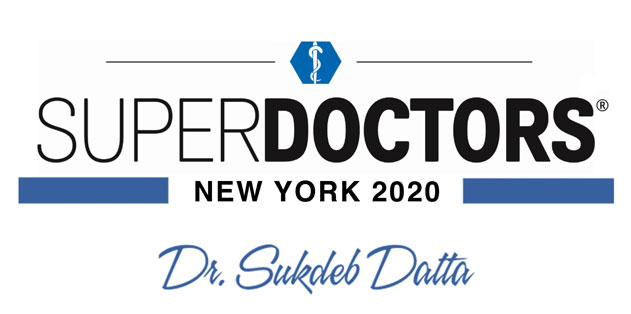To understand what a bulging disc is, it helps to understand the structure of the spine. The spine is composed of the vertebrae, which houses the spinal cord and nerve roots, and the discs, which lie between each of the vertebrae and help to absorb shock and cushion the vertebrae from one another.
The discs are composed of cartilage, and each disc has two main parts:
- The nucleus pulposus, which is located in the center of the disc and has a gel-like consistency
- The annulus fibrosus, which surrounds the nucleus pulposus and is firmer
The Condition
A bulging disc occurs when the outer portion of the disc becomes distorted while remaining intact. The disc becomes flatter than usual, and thus takes up a wider amount of space than usual. In some cases, this causes the disc to press against the nerve roots or the spinal cord.
The condition can happen to anyone, but it's most common after middle age. With age, the discs lose fluid, making them more prone to damage, and the condition can develop slowly over time. In addition, trauma can cause a bulging disc.
Symptoms, Diagnosis, & Treatment
People who have a disc that's bulging experience symptoms similar to those of many other spine conditions, such as bone spurs and arthritis. Common symptoms include:
- Pain in the back or neck
- Pain in the legs or arms
- Numbness or tingling in the limbs
- Muscle weakness
Since the symptoms are similar to those of other conditions, diagnostic testing is necessary to determine the exact cause. This will usually include medical imaging, such as MRI. After diagnosis, treatment can take the form of physical therapy, medication, epidural steroid injections, chiropractic treatment, or surgery.
To schedule an appointment about your back pain, please click below or call the Datta Endoscopic Back Surgery and Pain Center at (646) 374-1799.






 EDISCSCULPT
EDISCSCULPT



